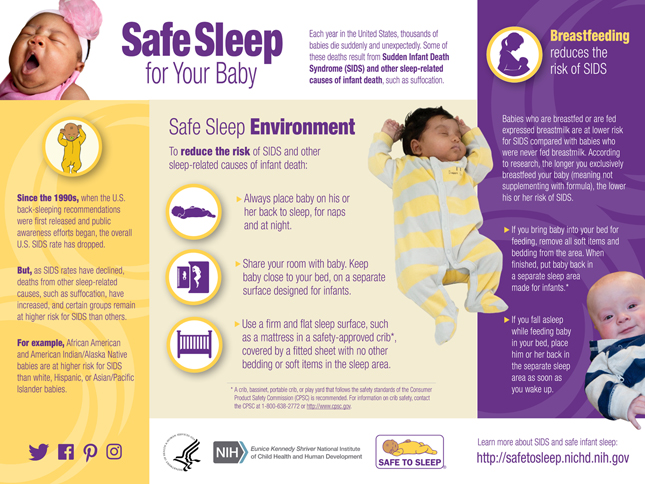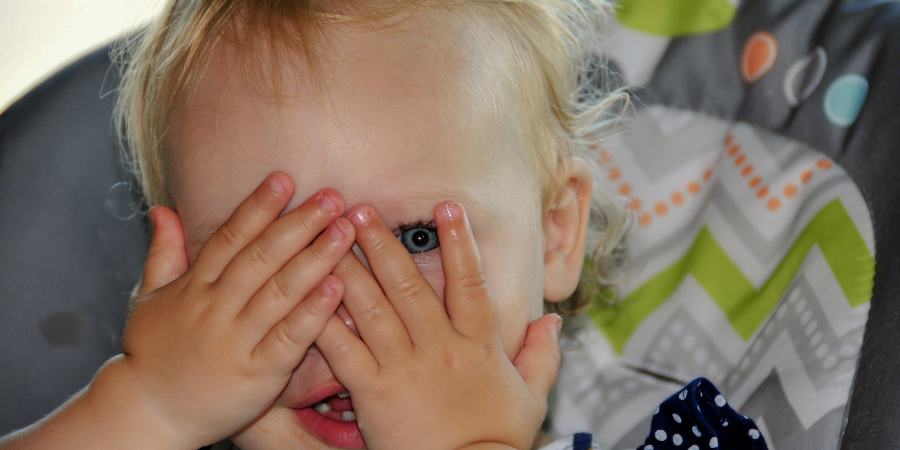Often families, especially for their first child, are worried about sending their baby to group care, having absorbed the idea of a single primary caregiver being the ideal. But Babies in Groups: Expanding Imaginations, by Ben S. Bradley, Jane Selby, and Matthew Stapleton, is a painstakingly researched book demonstrating how infants are socially engaged and engaging creatures from birth, and from six months can observably take pleasure in interacting with other babies. This article from The Conversation offers some of their findings, and would make a great addition to your enrollment packet!
For reflection:
How do the babies in your care participate in the group?
In what ways can you facilitate their participation?
Has this article changed the way you see their interactions?
We know that babies learn language from being spoken and sung to, but new research states that young babies learn more from the rhythm and the way we speak than the individual sounds we’re making.
Why reading nursery rhymes and singing to babies may help them to learn language | University of Cambridge
This is just more reason to keep singing and reading to even the youngest babies throughout the day!
Remember, singing to the baby in front of you is much more powerful than playing recorded music.
“High cognitive scores during infant-directed singing suggested that engagement through song is just as effective as book reading or toy play in maintaining infant attention, and far more effective than listening to recorded music,” said [researcher Shannon] de l’Etoile. Mothers and infants connect through song | ScienceDaily
List of resources for baby sleep safely and ways to reduce the risk of Sudden Infant Death Syndrome (SIDS) and other sleep-related causes of infant death. Vital information for all that care for babies.
- Tips for Creating a Safe Sleep Environment for Infants in Child Care
- Infant Safe Sleep Policy Template
Read books to infants while you are holding them on your lap or be sure he/she can see the book. Any book with pictures will do, but board books work well for infants who often want to grab the pages or put the book in their mouth. Read for as long as the infant seems interested and don’t worry if you don’t make it all the way through the book. Allow the infant to touch and hold the book and read the same books many times. As infants gain more motor control allow them to turn the pages.
For a list of books by age click here.
Goal: To begin supporting infant’s language development and book knowledge.
Hide a toy under a small blanket or hand towel. Show the baby how it seems to disappear and re-appear when you pull the blanket off. Repeat several times asking the baby “where did it go?” “There it is!” As the infant develops the capacity for understanding that objects exist even when they cannot see them (object permanence) they will more actively search for objects.
Goal: The infant and caregiver will practice a back and forth exchange which is important for language development and for building positive relationships.






